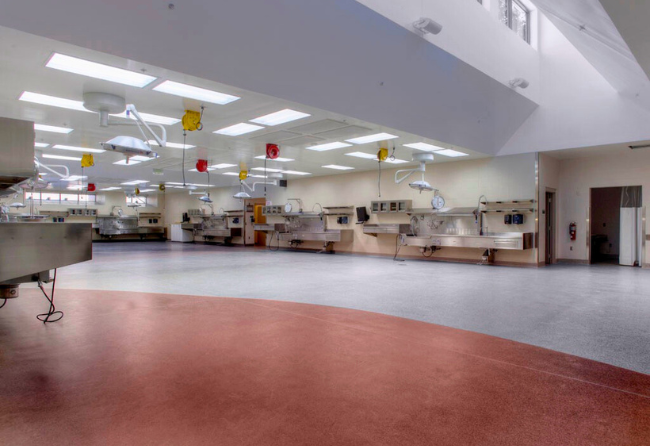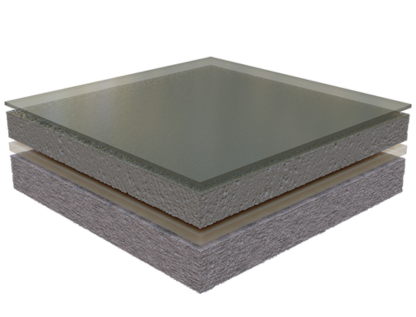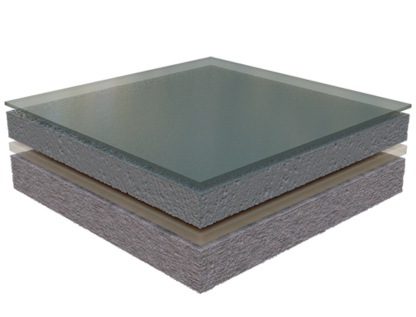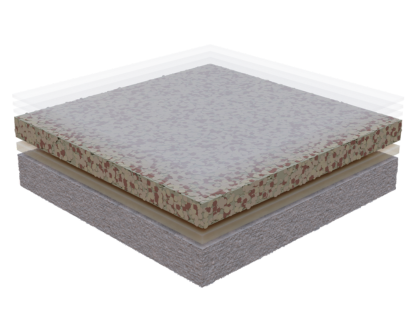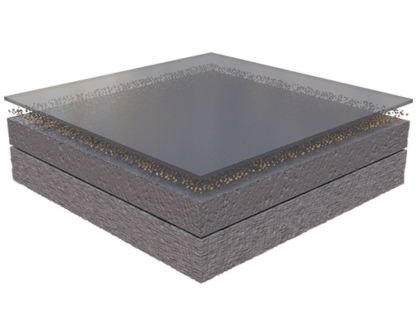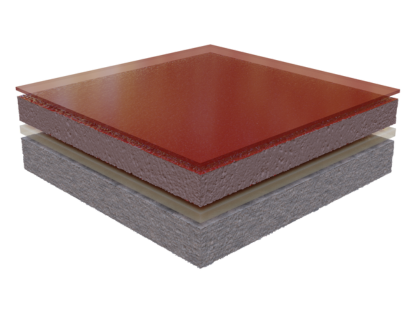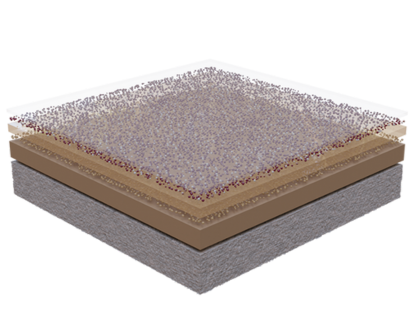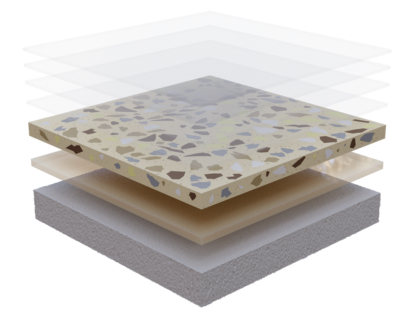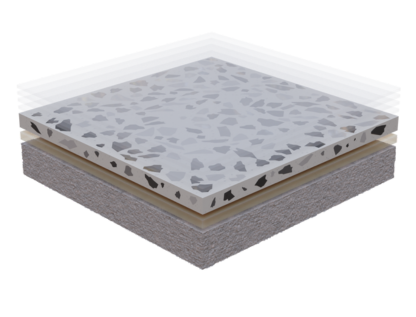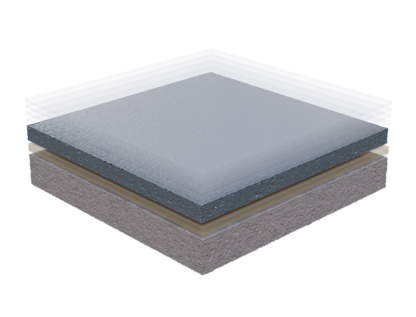Sustainable Flooring
Sustainable ("green" or "eco-friendly") floors utilize sustainable and/or recycled materials. Floors can also be considered eco-friendly based on the disposal of the materials upon replacement. Poured-in-place, seamless floors are part of the building’s structure, unlike many other products.
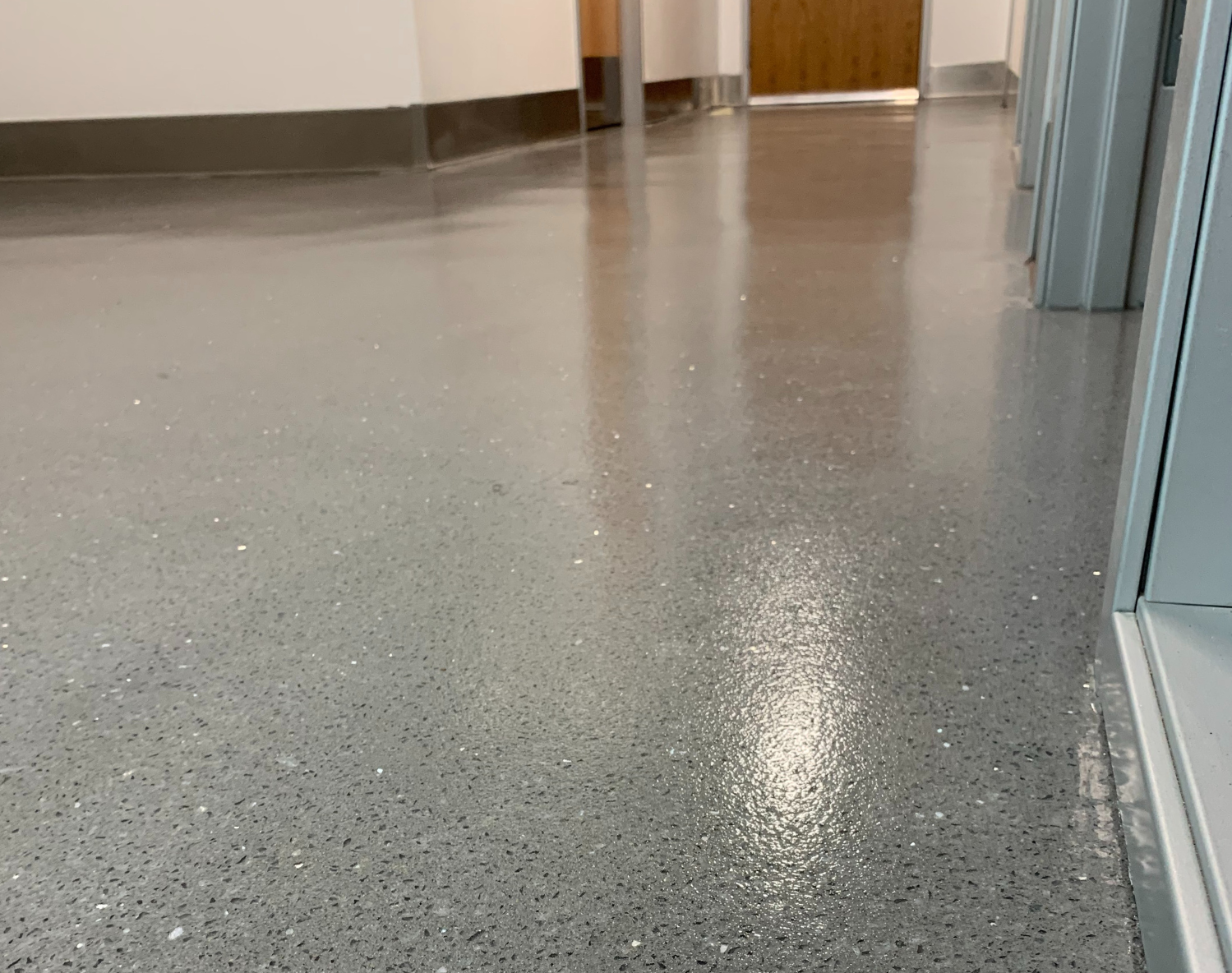
Sustainable solutions are everyone's responsibility.
Unmatched durability, timeless style, poured-in-place flooring with eco-friendly components that become a part of your very structure. Ask us how our flooring systems can help you achieve your sustainability goals!
What is Sustainable Flooring?
Sustainable flooring refers to flooring materials and practices designed to minimize environmental impact while maintaining quality and durability. Sustainable floors may meet a combination of the following: contain renewable resources or recycled materials; avoid harmful chemicals like VOCs that pollute indoor air; are designed to last reducing the need for replacements and lowering waste over time; are responsibly sourced; offer end-of-life solutions like recycling or decomposition.

The Benefits of Sustainable Floors
Installing sustainable floors shows a commitment to the environment and allows businesses to meet certain regulations. Benefits of sustainable flooring include:
- making a commitment to a healthier planet
- meeting regulations and low-emissions criteria
- promoting the use of recycled or renewable materials
Explore a Project
Explore projects where sustainable flooring made a difference. Dive into real-world examples where our expertise delivered flooring solutions built to last in the most demanding environments.
Recommended Sustainable Flooring
Stonhard formulates floors for every environment, including those requiring sustainable properties. Our team of Territory Managers, Architectural and Engineering Representatives will assist you in choosing the best product for your environment with the look you desire.
FAQ
Got questions? We've got answers. This FAQ section covers the most common inquiries about sustainable flooring to help you make informed decisions.
Sustainable flooring refers to flooring materials that are eco-friendly, responsibly sourced, or designed to minimize environmental impact. This includes options made from renewable resources, recycled content, or materials that contribute to energy efficiency and indoor air quality.
Resinous floors contribute to sustainability by:
- extending the lifecycle of flooring, reducing the need for frequent replacements.
- using low or zero-VOC formulations that improve indoor air quality.
- incorporating recycled or bio-based materials in some formulations.
- reducing waste through seamless, on-site installation with minimal material loss.
Yes, many resinous flooring systems contribute to LEED (Leadership in Energy and Environmental Design) certification by improving indoor air quality, reducing maintenance needs, and incorporating sustainable materials.
Many sustainable resinous flooring products are formulated with low-toxicity materials, reducing the presence of harmful chemicals like solvents and high-VOC compounds. Manufacturers often comply with strict environmental regulations to ensure safety.
Lighter-colored or reflective resinous floors can enhance natural and artificial lighting, reducing energy consumption. Additionally, thermal-resistant coatings can improve insulation properties in some environments.
While traditional resinous floors are not easily recyclable, many manufacturers offer systems that can be resurfaced rather than removed, reducing landfill waste. Some products also contain recycled content.
Their exceptional durability minimizes the need for replacement, reducing raw material consumption and waste. Unlike traditional flooring materials that wear down quickly, resinous floors can last decades with proper maintenance.
Yes, their seamless, non-porous surface makes them resistant to dirt, moisture, and chemicals, reducing the need for harsh cleaning chemicals and excessive water use.
While the upfront cost may be comparable or slightly higher, the long-term benefits—such as reduced maintenance, fewer replacements, and lower energy use—make them a cost-effective solution over time.
These floors are ideal for healthcare, education, hospitality, food and beverage, manufacturing, commercial, and institutional facilities that prioritize sustainability, hygiene, and long-term performance.
Related Flooring Features
Expert Guides & Resources
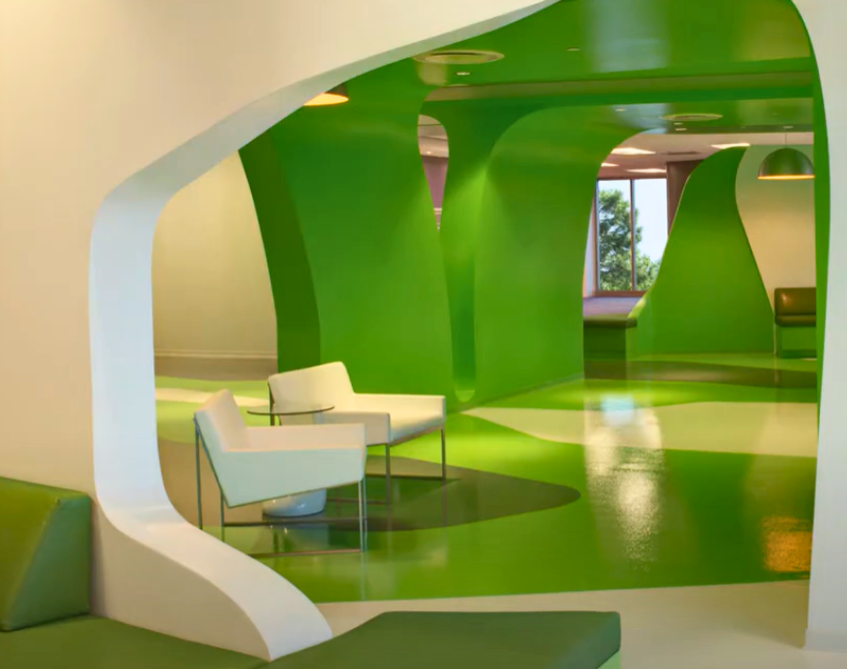
How Your Flooring System Can Help with LEED Certification
Learn how resinous flooring may contribute to achieving LEED points for your building project, including factors related to emissions, materials, and waste.
 Commercial
Commercial
 Office Buildings
Office Buildings
 Cannabis
Cannabis

